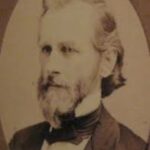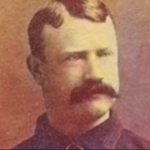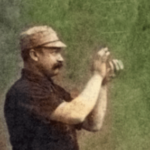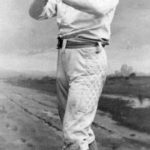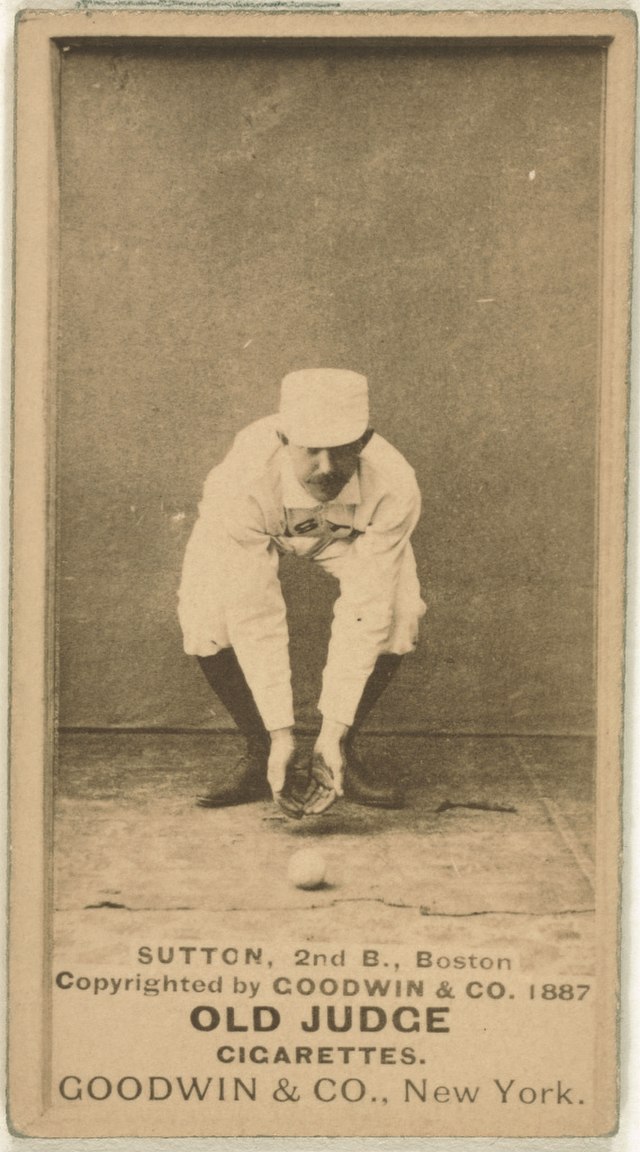Major League Baseball 1878 Season Recap
Major League Baseball Season Recap: 1878
1878 Final Standings NL
Team Name G W L T PCT GB RS RA Boston NL Team 60 41 19 0 .683 - 298 241 Cincinnati Reds 61 37 23 1 .617 4.0 333 281 Providence Grays 62 33 27 2 .550 8.0 353 337 Chicago White Stockings 61 30 30 1 .500 11.0 371 331 Indianapolis Blues 63 24 36 3 .400 17.0 293 328 Milwaukee NL Team 61 15 45 1 .250 26.0 256 386
League Champion: Boston Red Stockings
The National League entered 1877 with just six teams after the expulsion of two of its largest markets, New York and Philadelphia. The season would go forward with the six teams, making it the smallest major league ever (a distinction it shares with the 1878 NL and the 1882 American Association). Incidentally, it is along with the 1878 NL the only league in which all of the team nicknames included colors.
There were a number of significant rule and procedure changes enacted for the NL’s second season. For the first time, scheduling was handled by the league office rather than being the responsibility of team management. The schedule was reduced to 60 games from 70 due to the smaller number of teams, but each season series now consisted of twelve games rather than ten.
On the field, home plate was made part of fair territory. But most significant was the elimination of the fair-foul hit (much of the information on this topic comes from the article “The Lost Art of Fair-Foul Hitting” by Robert H. Schafer in The National Pastime #20). Prior to 1877, a ball that hit initially in fair territory was a fair ball, no matter where it bounded after that. In 1877, the new rule defining fair and foul was essentially the modern rule that we are all familiar with.
Before the rule change, a small group of batters had shown proficiency in intentionally batting the ball so that it hit near the plate in fair territory, then bounced off wildly into foul territory. If executed successfully, it almost always resulted in a base hit and often a double. Ross Barnes even hit a fair-foul home run in 1872, the only homer he hit that season.
While the rule changes did bring the treatment of fair and foul closer to modern standards, one antiquated rule that remained in effect was that a foul ball fielded on the first bounce was treated the same as a caught pop-up was. Some observers felt that maintaining this rule while eliminating the fair-foul hit swung the scales too far in favor of the defense, but it would remain in effect off and on for the foreseeable future.
The National League had quite an odd season indeed. The Hartford Dark Blues played all of their home games in Brooklyn, looking to make a better profit; it didn’t work. The Cincinnati Red Stockings, in the midst of another awful season, folded in June; although the franchise was quickly reorganized, they sold Charley Jones, Jimmy Hallinan, and Harry Smith to Chicago during the brief outage. The outcry forced William Hulbert to return Jones to Cincinnati, but the additions did not help the defending champion White Stockings, who tumbled to fifth place, fifteen and a half games off the pace after winning the pennant by six games in 1876.
On August 8, Mike Dorgan of St. Louis supposedly became the first to use a rudimentary catcher’s mask during a game. The innovation was initially mocked, but within a couple short years had become standard equipment, as catchers moved up close to the plate and provided a target for the pitcher. At around that time in the season, Louisville had established themselves at the top of the pack, with a 3 1/2 game lead over Boston on August 13 (the source for the information on the Louisville saga presented here is an article by Daniel E. Ginsburg entitled “The Louisville Scandal” in SABR’s Road Trips). At that point, the Grays embarked on an eastern road trip to Hartford and Boston, going 0-7-1 and yielding the lead to the Red Stockings, who would go on to capture the pennant by seven games over Louisville.
It would later come out that four Grays were involved in a game throwing conspiracy (the exact details have never been fully exposed, in regards to who was the mastermind, if all the players fingered were actually complicit, etc.). They were reserve Al Nichols, shortstop Bill Craver, star left fielder George Hall, and the only man who appeared in the pitcher’s box for Louisville all year, Jim Devlin. There was immediate suspicion and all four were promptly banned for life when the scheme was uncovered.
At the conclusion of the season, the disgraced Louisville franchise exited the league, as did Hartford/Brooklyn, who did not find greener pastures in New York, and St. Louis, leaving uncertainty hanging over the NL as it scrambled to find enough teams to play ball in 1878.
Debuts during 1878 (21)
Year
PREV NEXT
Date Team Player Name (Age) 5- 1 MIL N Charlie Bennett (23) 6-20 MIL N Frank Bliss (25) 5- 1 PRO N Fred Corey (23) 5- 1 MIL N George Creamer (23) 5- 1 MIL N Abner Dalrymple (20) 7-15 CIN N Buttercup Dickerson (19) 5- 2 MIL N Jake Goodman (24) 5- 1 CHI N Frank Hankinson (22) 6-13 PRO N Tom Healey (25) 8-15 MIL N Alamazoo Jennings (27) 5- 1 CIN N King Kelly (20) 5-20 CHI N Bill McClellan (22) 5-20 IND N Jim McCormick (21) 5- 1 IND N Russ McKelvy (23) 5- 1 IND N The Only Nolan (20) 8-31 CHI N Phil Powers (24) 8- 9 CHI N Bill Sullivan (25) 7-27 CHI N Bill Traffley (18) 7-15 PRO N Monte Ward (18) 6-19 PRO N Harry Wheeler (20) 5- 1 IND N Ned Williamson (20)

